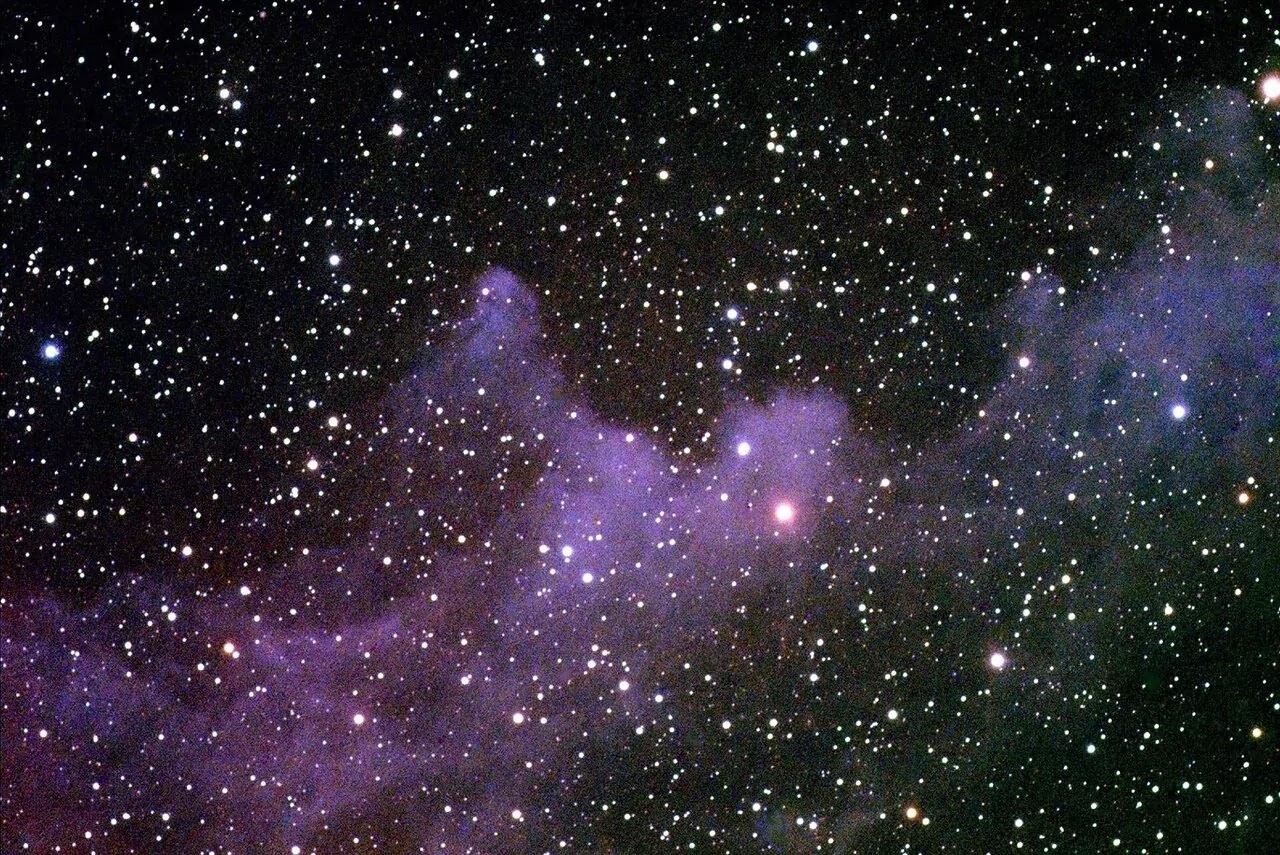Space Dust: The Key to Finding Extraterrestrial Life?
It has been a long-standing question that has captivated the human mind for centuries - are we alone in the universe? While we have yet to find concrete evidence of the existence of extraterrestrial life, recent discoveries and advancements in technology have brought us closer to unraveling this mystery than ever before. Among these, one potential avenue for finding signs of alien life lies in space dust.
Astrobiologists have long suspected that space dust could contain clues to the existence of life beyond our planet. A recent study published in the journal Astrobiology suggests that these tiny particles could be the key to identifying extraterrestrial life. According to the study, space dust that originates from other star systems could contain biological material, such as amino acids or DNA, that could provide evidence of life elsewhere in the universe.
One of the main challenges in the search for extraterrestrial life is that it is not clear what form it might take. Life on Earth is based on carbon, but it is possible that other forms of life could exist that are based on different elements or molecular structures. This is where the study of space dust comes in, as it can provide clues about the chemical and molecular makeup of other star systems and the potential for life to exist there.
Also Read:- Rare Alignment of Five Planets to Light up the Night Sky on March 28, 2023
- Navigating the Dark Web: Understanding TOR Browser and VPNs for Safe and Private Browsing
The study's lead author, Dr. Clara Sousa-Silva, an astrobiologist at the Massachusetts Institute of Technology, believes that space dust could also help us understand how life on Earth originated. By studying the chemical signatures of space dust particles, scientists could gain insight into the building blocks of life and how they might have formed in other star systems.
But how do we go about finding space dust that contains evidence of extraterrestrial life? One approach is to study ejecta from asteroid impacts. When an asteroid collides with a planet, it can blast material into space that may contain space dust from other star systems. By analyzing these samples, scientists can look for signs of biological material that could indicate the presence of life.
In fact, a recent study published in the journal Astrobiology suggests that it may be easier to find signs of extraterrestrial life in ejecta from asteroid impacts than by searching for signals from radio telescopes. The study's authors argue that radio signals are not always reliable indicators of the presence of life, as they could be produced by natural phenomena or human activity.
Despite the potential for space dust to provide clues about the existence of extraterrestrial life, some experts remain skeptical. Dr. Anil Bhardwaj, a space scientist at the Indian Space Research Organization, cautions that it is still too early to draw conclusions about the potential for space dust to reveal the secrets of the universe. He notes that while space dust may contain organic compounds, it does not necessarily mean that they were produced by living organisms.
Furthermore, claims of alien fossils found on Earth have been met with skepticism by the scientific community. While some have pointed to unusual rock formations or structures as evidence of extraterrestrial life, there is no consensus on whether these findings are indeed evidence of life beyond our planet.
So, the search for extraterrestrial life continues to captivate scientists and the public alike. While space dust may provide clues about the potential for life to exist beyond Earth, it is still too early to draw definitive conclusions. However, with continued advancements in technology and the exploration of our universe, it is possible that we may one day uncover the answers to this age-old question.
Read More:- A Mysterious Galaxy is Directing Radiation Towards Earth: What We Know So Far
- Lush and Super Mario Bros Movie Collaboration: A Unique Line of Cosmetics for Nintendo Fans
That's it for this article.
Thanks for Visiting Us – fixyanet.com



0 Comments